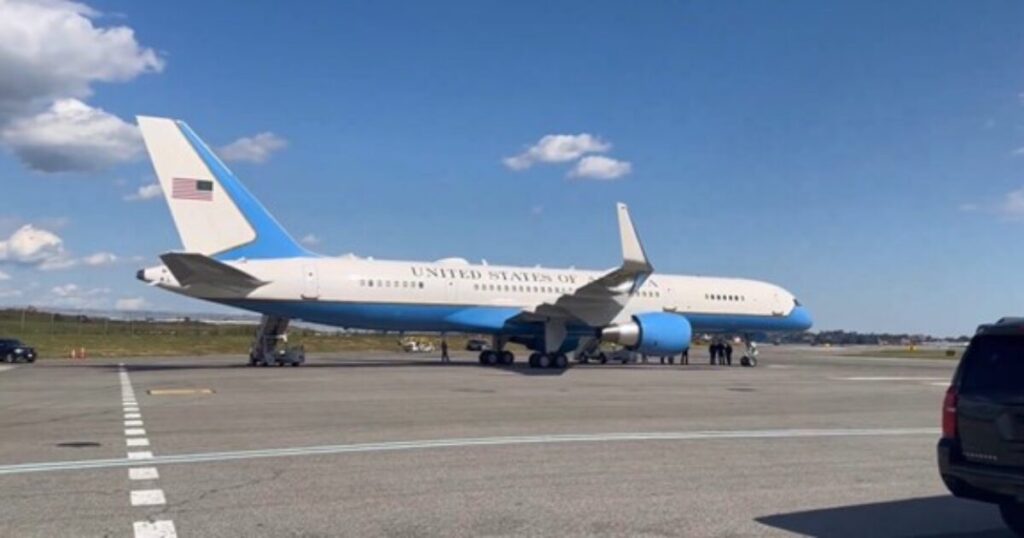Kamala Harris’s current campaign style has drawn criticism and comparison to the metaphorical sense of the song “Runaway” by Del Shannon, contrasting sharply with her claimed campaign anthem, Beyoncé’s “Freedom.” Observers note that her recent media appearances have not resonated positively, leading to an impression that her campaign is faltering. On the other hand, Donald Trump remains a formidable presence in the political landscape, with a rally scheduled in Scranton, Pennsylvania, amid a highly competitive race in the state. This scenario highlights the contrasting dynamics of the two campaigns as both candidates vie for voter attention and support.
Recent events underscored these dynamics when a Trump campaign spokesman, Steven Cheung, reported seeing Harris unexpectedly leaving LaGuardia International Airport in her own plane shortly before Trump’s flight to Scranton. This moment was captured as Trump’s team prepared to depart, framing Harris’s departure as a retreat under overshadowing circumstances. Media critiques of Harris have included a characterization of her recent public engagements—specifically interviews on platforms like “The View” and with Howard Stern—as largely unsuccessful, leading to accusations that she was fleeing from an unfavorable media environment.
Cheung’s comments, which described Harris as “scurrying away,” have gone viral, with many users on X (formerly Twitter) chiming in to express amusement at the situation. The prevailing sentiment among these users has been one of support for Trump, who they feel has succeeded in maintaining a dominant presence in the political narrative. Cheung’s remarks seem to resonate with a segment of the electorate that perceives Harris’s approach as evasive and lacking in effectiveness, thereby amplifying the ongoing rivalry between the two political figures.
In this intense political climate, Trump’s upcoming rally is expected to focus on pressing issues such as inflation and the cost of living, themes that are resonating with many voters. His campaign continues to capitalize on Harris’s perceived missteps, using them to rally his base and cast doubt on her capabilities as a candidate. The juxtaposition of Harris’s recent media efforts and Trump’s rallies serves to further highlight the contrasting styles and strategies employed by both parties as the race continues to tighten leading to the elections.
X users have demonstrated a mix of humor and critical commentary regarding the ongoing contest, often making light of Harris’s situation while elevating Trump to a place of continued political relevance. This reflection of public sentiment suggests an engaging and evolving narrative where social media commentary plays a significant role in shaping perceptions of the candidates. The community’s reaction to Harris’s departure, interpreted as a retreat from scrutiny, serves to create further political fodder for Trump’s campaign as he prepares to engage with voters directly.
Ultimately, this developing story illustrates the dramatic nature of modern political campaigns, where media appearances, public perceptions, and social media commentary can significantly influence voter sentiment. As both Trump and Harris navigate the complexities of the electoral landscape, the competition between them appears to be as much about public image and media narratives as it is about policy and voter engagement. The stakes are undeniably high as they approach critical moments in the campaign period, underscored by Harris’s reported retreat and Trump’s sustained momentum.

